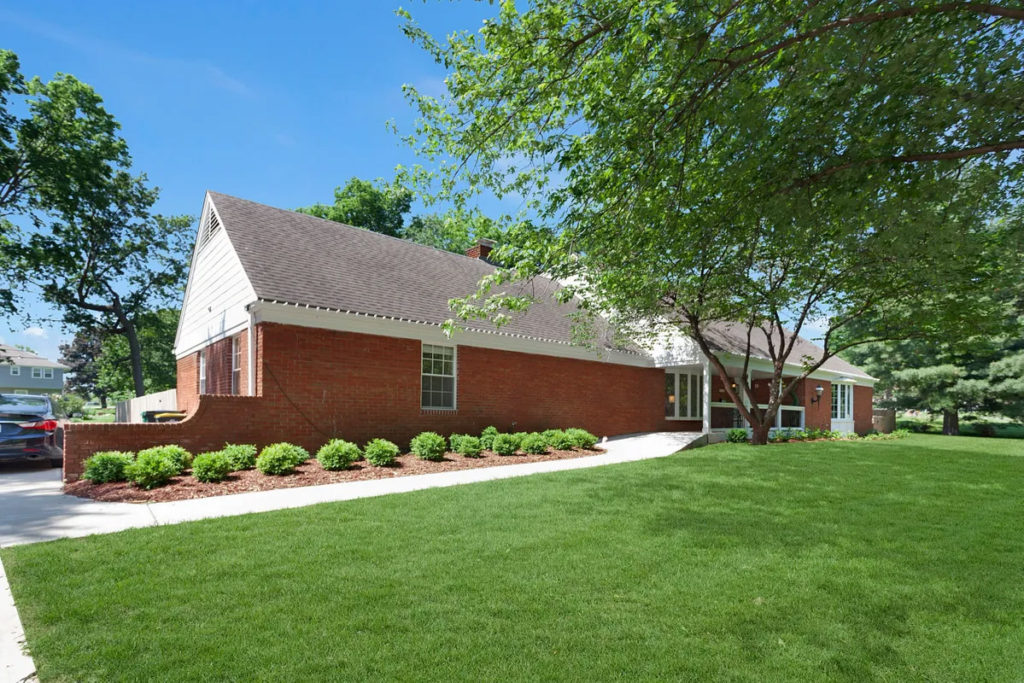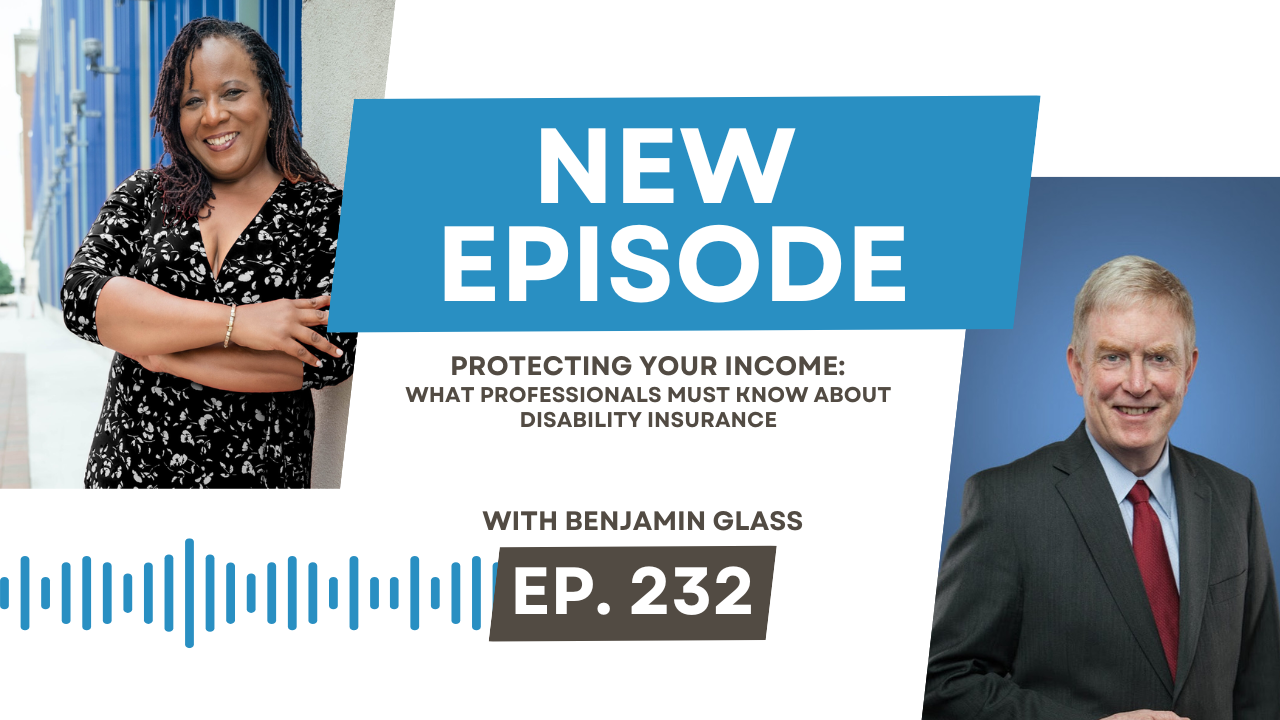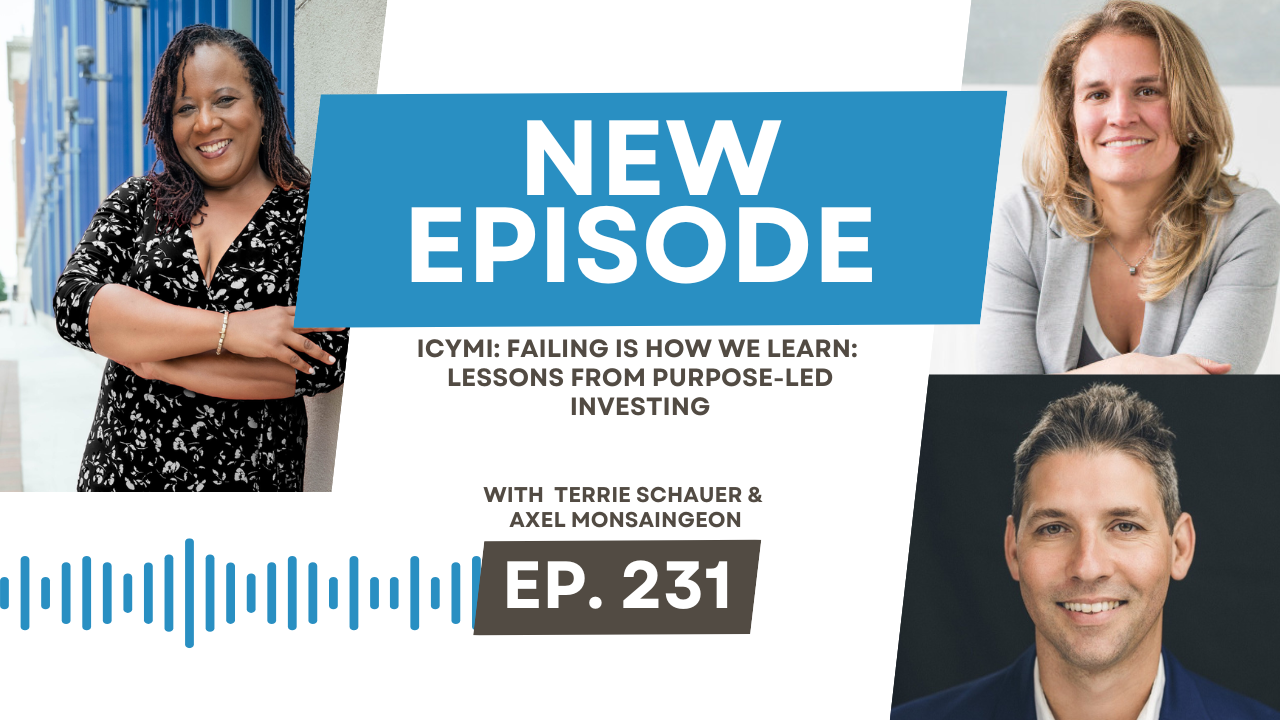The number of older adults (age 65 and older) has risen significantly because of increasing life expectancy. The fastest-growing age demographic in the US are those 85 and older.
One in seven Americans over the age of 70 has dementia, according to the first known national representative, population-based study to include men and women from all regions of the country.
About 3.4 million people, or 13.9 percent of the population age 71 and older, have some form of dementia, the study found. As expected, the prevalence of dementia increased dramatically with age, from five percent of those aged 71 to 79 to 37.4 percent of those aged 90 and older.
Given that most US households require 2 incomes to make ends meet, most are ill-equipped to provide care for their elderly members at home. But thinking of placing a parent or grandparent into a traditional nursing home can lead to feelings of guilt and inadequacy.
There is a different choice.

Why Assisted Living Homes are Better
1.The risk of falls is dramatically lower.
CDC figures show that the residents of smaller assisted living communities (between 4 and 25 residents) experience far fewer falls than do residents of larger facilities. The percentage of falls was about 12% in the smaller communities, but it increased to 24% in those with more than 50 residents.
2. The needs of residents are prioritized.
Assisted living homes tend to be more resident-focused and better positioned to respond to their residents’ needs.
3. Communication is direct.
Since the physical area of a larger establishment is bigger, the staff may need walkie-talkies or paging devices and may remain disconnected from large areas of the facility, which may take time and effort to contact staff when needed. On the other hand, residents can communicate easily and directly with the staff in a smaller facility and get faster responses.
4. Better quality of life.
There is a greater sense of community in a smaller residence because the intimate setting is conducive to everyone knowing one another and the residents all meet frequently. The atmosphere tends to be more like that of one’s family at home, which improves the quality of life and makes it more fulfilling.
5. Intimate, non-bureaucratic structure.
Since large setups have to have structure and hierarchies for operational efficiency, they also tend to be bureaucratic, governed by rules and regulations. In a residential assisted living home, the setup can be flexible with fewer residents and staff members, and contact is typically more friendly and connected between residents and staff.
6. Residents’ wishes and inputs are given due importance.
Smaller setups typically have a common kitchen, often an open setting close to the dining area and the residents’ individual rooms. Though meals are provided, residents can bring their own vessels and cook or help with meal prep when inclined to do so.
The kitchen can become a space for lively conversations and socialization for the group, which is difficult in a large structured setup.
7. Area is easier to get around.
Smaller buildings are easier to get around. A compact, secure, shaded outdoor space is accessible for all residents and acts as a community space for everyone to congregate and interact. Larger structures can present challenges to navigate and may limit mobility for various reasons.
8. The kitchen becomes a focal point of the house.
Smaller setups typically have a common kitchen; often an open setting close to the dining area and to the individual rooms of the residents. Though meals are provided, residents can bring their own vessels and cook or help with meal prep when inclined to do so. The kitchen can become a space for lively conversations and socialization for the group; something that is difficult in a large structured setup.
9. Direct care and companionship.
Though both large and small setups may provide housekeeping, meals and laundry services, the level of care is more direct and intimate with smaller setups.
10. Homelike setting makes family visitation casual and more enjoyable.
Large establishments may have rules about visitation, whereas a small intimate setup is more flexible and welcoming of visitors. Residents in a smaller community can enjoy informal visits from friends and family as they would at home.
11. Bonus!
Small, less congested residential assisted living homes have had far fewer cases of Covid-19. The reason for this is likely due to the fewer number of people coming in and out of the home.
Large facilities have a large number of staff and residents that come and go, doctor appointments, hospital visits, etc. It is much more likely, given the number of people moving in and out, for bacteria and viruses to be brought in and transmitted.
Residential Assisted Living homes are a growing section of the real estate landscape. Investors can own a single-family home that is renovated to accommodate the elderly. Where a standard single-family home is rented to a single-family, these RAH’s are leased by the room to the elderly, and assistance with daily living activities is provided.
In addition to the rental income paid by the business, there is the possibility of income associated with the business.
These types of care homes have the impact of providing a home-like setting for our elderly population, providing them and their families peace of mind.






